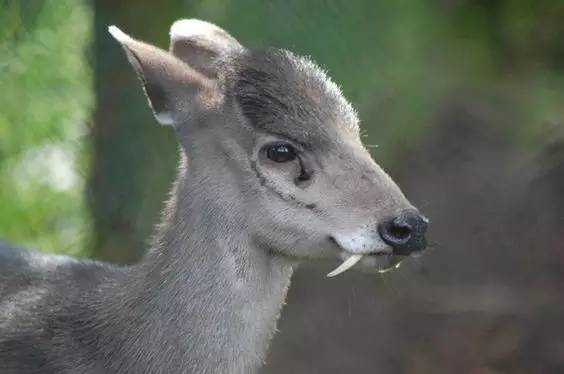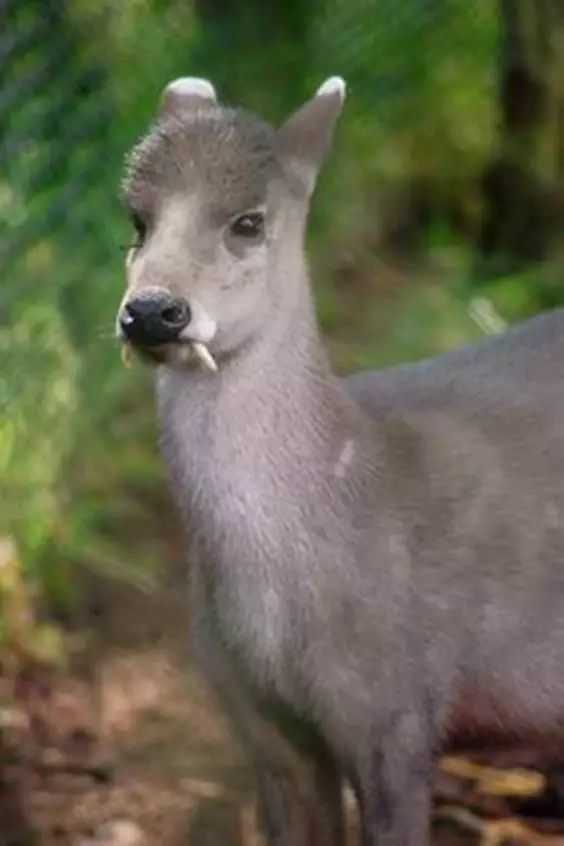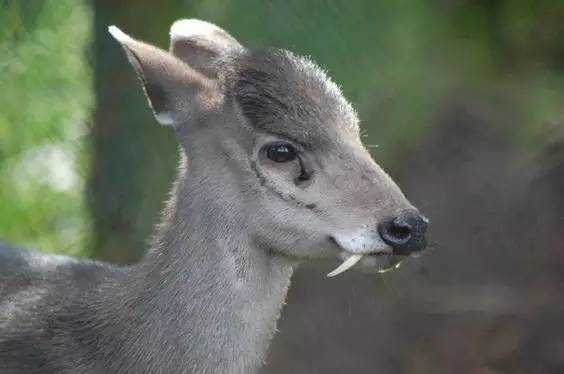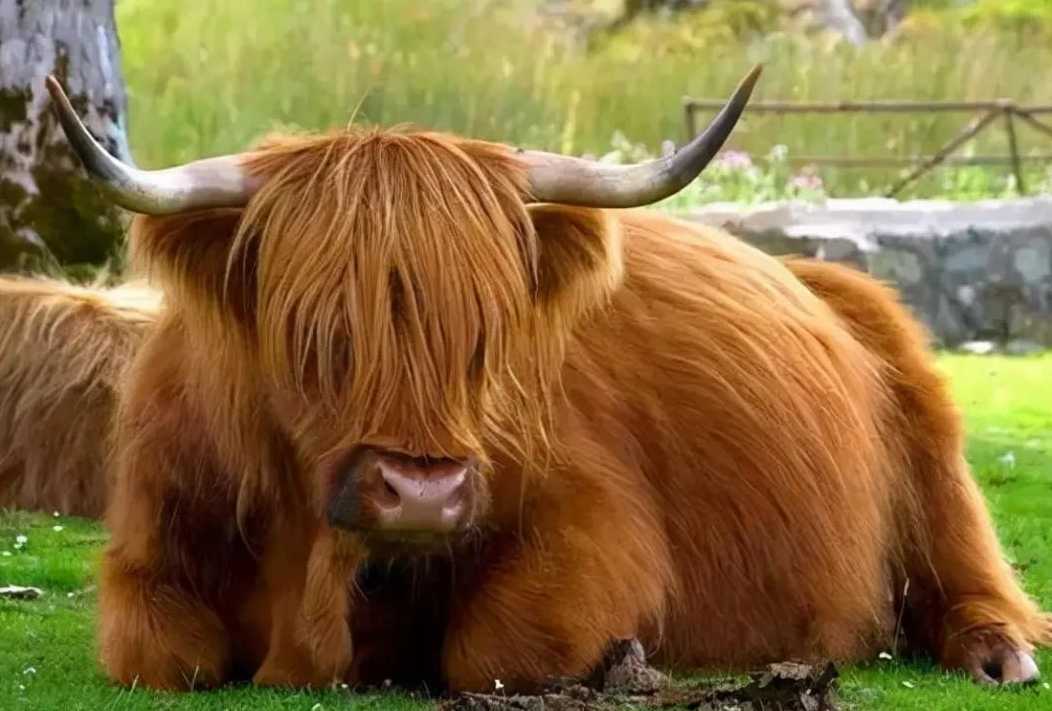The Black Muntjac: A Rare and Elusive Deer Species with Unique Physical Traits
Native to the mountainous forests of southeastern China, the black muntjac (Muntiacus crinifrons), also known as the "black tufted deer," stands out as one of Asia’s most enigmatic deer species. Recognized for its jet-black fur, distinctive tuft of hair on the forehead, and elongated canines in males, this medium-sized ungulate has captivated biologists due to its restricted range and vulnerable status in the wild.

Source: Images from the Internet, if there is any infringement, please contact the removal of
Distinctive Appearance and Adaptations
The black muntjac earns its name from its dense, velvety black coat, which contrasts with a white chin and underbelly. Adult males grow up to 80 centimeters in shoulder height and weigh around 25–30 kilograms, while females are slightly smaller. The most striking feature in males is a pair of elongated upper canines, resembling "vampire fangs," which are used in territorial disputes. Both sexes sport a tuft of dark hair on the forehead, giving them a unique, almost mythical appearance. Their short, unbranched antlers (in males) are shed annually, and their agile build allows them to navigate steep, forested terrain with ease.

Source: Images from the Internet, if there is any infringement, please contact the removal of
Nocturnal Behavior and Conservation Challenges
Primarily nocturnal, black muntjacs feed on leaves, grasses, and tender shoots, relying on their cryptic coloration to avoid predators like leopards and dholes. They are highly secretive, making them difficult to study, and their restricted range in Zhejiang, Anhui, and Fujian provinces has led to their classification as "Vulnerable" by the IUCN. Habitat loss from deforestation and agricultural expansion poses the gravest threat, while illegal hunting for meat and traditional medicine compounds the crisis. Conservation initiatives in China, including protected areas and anti-poaching patrols, aim to safeguard their remaining forest homes, though their elusive nature complicates population monitoring.
As one of China’s most unique deer species, the black muntjac symbolizes the urgency of preserving subtropical forest ecosystems. Its mysterious lifestyle and striking appearance serve as a reminder of the biodiversity hidden in Asia’s mountain ranges—creatures that thrive in the shadows of dense forests but depend on human stewardship to avoid extinction. Protecting the black muntjac means safeguarding not just a species, but the intricate web of life in some of Earth’s most threatened woodland habitats.
-------- END --------






